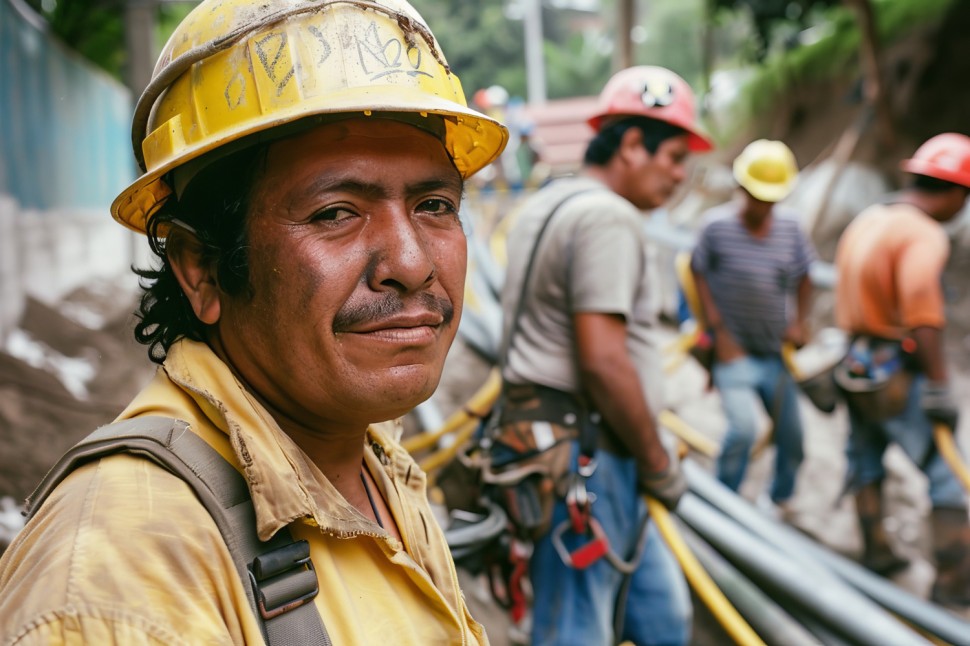Federal Efforts to Protect Workers in Harsh Conditions
The United States Labor Department has made a groundbreaking move to secure safety for employees facing the brunt of extreme weather conditions, primarily focusing on extreme heat. For the first time, a concerted effort has resulted in the formulation of dedicated guidelines that mandate companies operating outdoor working environments to adhere to specific safety measures. This development comes at a time when global temperatures are on a steady climb, putting countless workers at risk.

New Guidelines for Extreme Weather
The guidelines set forth by the Labor Department encapsulate a series of measures designed to mitigate the effects of extreme heat on workers. These measures include essential provisions such as accessible cool water, sufficient breaks, adequate shade, and comprehensive heat illness training programs. Despite their straightforward nature, these rules address a critical oversight in worker safety protocols that some businesses have previously neglected.
In his announcement, President Joe Biden highlighted the dire consequences of ignoring the impacts of climate change, pointing to extreme weather events as lethal, dangerous, and irresponsible neglect. While primarily targeted at combating heat stress, the new rules also extend their reach to include other severe weather phenomena like floods, wildfires, hurricanes, and tornadoes, acknowledging the broader spectrum of climate-induced challenges.
Protecting Millions from Heat's Grip
The Labor Department's new regulations focus specifically on extreme heat, which claims more lives in the United States than floods, hurricanes, and tornadoes combined. The regulations aim to shield approximately 36 million workers. This ambition covers not only those laboring outdoors but also individuals working in environments prone to high temperatures, such as manufacturing plants and warehouses.
Ali Zaidi, a White House Climate Advisor, elaborated on the new norms, stating they would kick in when temperatures escalate beyond 80 or 90 degrees, scaling up with the rise in heat levels. Such temperature-regulated measures promise a foundational level of protection, indispensable for workers without any safeguard against extreme temperatures.
ALSO READ : Florida Moves to Prohibit Local Heat Safety Mandates for Workers, Awaiting House Approval
Implementation and Enforcement
As the Department of Labor finalizes these regulations, ensuring compliance emerges as a critical step. Businesses bypassing these safety standards will face stringent penalties, establishing a clear stance against any form of negligence in safeguarding worker health and safety. This rule enforces a dual approach: promoting worker safety and holding employers accountable.
Despite the established federal guidelines, local ordinances, such as those recently passed by Tucson and Pima County, play a crucial role. While federal laws will predominantly take precedence, local governments can further introduce additional measures to fortify worker protections.
Moving Forward
As the community strides toward implementing these vital protections, dialogue and collaboration among stakeholders remain essential. Workers, employers, and policymakers must engage in ongoing discussions to evaluate the effectiveness of these regulations and explore further enhancements. The emphasis on worker safety in extreme weather conditions calls for a united front, leveraging local and federal resources to create a safer and more resilient workforce.
How do these guidelines reflect on your personal or observed experiences in the workplace? Discussing such important developments can foster a better understanding and prompt continuous improvement in worker safety standards nationwide.




